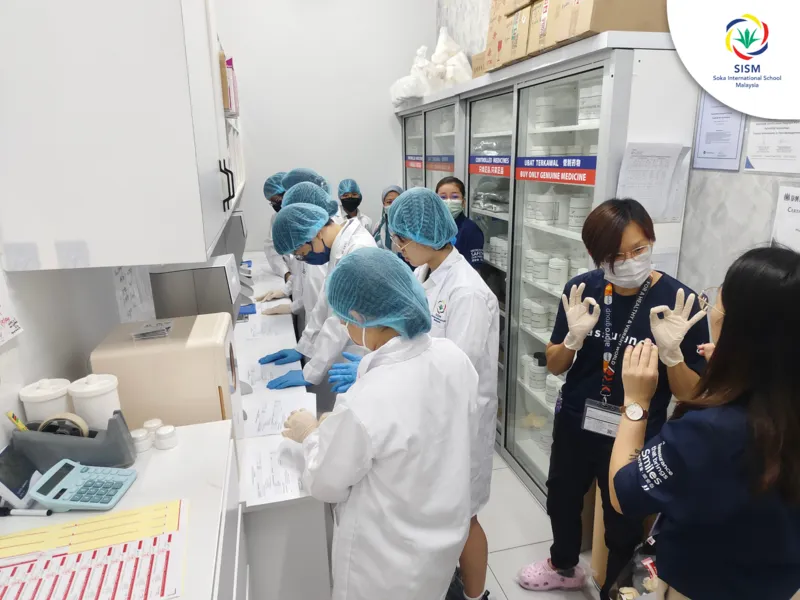
In part one of this article, I revealed the first two of my top five early childhood development activities – sign language and music.
In Part Two, I will share with you the other three activities that I feel are great for fostering the development of essential skills and abilities in young children.
Swimming

I’ve previously written about the importance of movement in learning and I think we all know the health benefits of physical activity, so I guess it is a given that it would be ideal for a young child to engage in a sport. Why swimming?
Well, it could be any sport or any physical activity, but this list of activities is supposed to be the activities that give you the most bang for the time you invest in them. We’re all busy parents living in a hectic world so we have to choose activities with high returns – and swimming is one such activity as it gives your child the opportunity to exercise and also splash around and have loads of fun. I also picked swimming because it also teaches a child vital water-safety skills, which can save your child’s life – if you go to the beach, if you’re playing in a swimming pool, or if you’re on a boat or anywhere where there is a potentially dangerous body of water waiting for an unwary child.
Swimming is also a sport that any parent can teach their child. There are plenty of books, like Douglas Doman’s “How to Teach Your Baby to Swim” which you can consult for ideas on how to get started. You can start swimming lessons in the bathtub or a blow-up pool in the garden for a minimal investment. If you’re not confident, you can always arrange lessons, or you can move on to professional lessons when you feel the level of instruction required has gotten beyond your capabilities.
If you start your baby young enough, you can also capitalize on the swim and dive reflex that all babies are born with before they lose it.
Right Brain Education

Right Brain Education is a learning program designed to help children and adults utilize and boost both sides of the brain — the logical left brain and the creative right brain. Right Brain Education is both for early childhood learning and adult enhancement and enrichment. Children and adults alike can learn how to develop the right side of the brain, nurturing natural photographic memory and speed-learning capabilities. When both sides of the brain are used, true genius and intelligence — both intellectual and emotional — can shine.
Right Brain Education enhances learning ability so that children are able to absorb new information quickly and easily. These individuals are also well-adjusted, confident and very successful in the various pursuits they have undertaken, be it in sports, music, academics, or with any other aspect of their lives.
Here are some of the goals of Right Brain Education:
- Develop a Loving Relationship between Parent and Child
- Develop Right Brain Senses
- Enlarge the Brain Capacity
- Make Learning Easy and Fun
- Input Knowledge
- Enhance Left and Right Brain Connection (Corpus Callosum)
- Develop Creativity
- Help Children Discover Their Genius Potential
I would begin Right Brain Education as early as possible by doing appropriate home practice activities with a young child. I would not begin formal classes so early because very young children have irregular schedules and it is difficult to follow a class schedule. I feel that formal right brain classes are more beneficial for a slightly older child. What age is best? I think that really depends on the individual child but I do feel that classes at some stage would be more beneficial than home practice alone. If classes are not an option, then I would invest in right brain education materials, or make my own and continue practicing at home.
Flashcards/Reading

Flashcards are a part of Right Brain Education, but I’ve grouped it together with reading because I feel that flashcards for teaching children how to read is really another format for reading out aloud – same idea in a different medium.
Here’s why I think they are the same:
Books for babies and young children are usually made with thick, cardboard pages (a.k.a. board books) to make them easier for handling and them make it “tear-proof” and “crumple-proof”. Many early books introduce first words to children like animals, colours, shapes, numbers, and so on. These books usually contain a single picture with one or two words. Sometimes they just contain pictures and parents reading these books to their children will very likely tell them what the pictures are, e.g. “This is a ball. And here is a cat.” If you think about how these books are read, they really aren’t very different to how flashcards are presented. In many ways, they are just flashcards that have been bound into a book.
The whole idea of reading to children is to foster an interest in books and reading. If you want to inculcate a good habit in a young child, you should try to make it fun. Using a combination of flashcards and books helps to keep the activity fresh.
Parents can also make personalised books about their own children, which I think is an excellent way to get a child interested in reading. After all, what could be more fun than to read a book about yourself?
And there you have it – the top five activities I would do (and am doing) with my children…
This article originally appeared on www.figur8.net. You can read the original article here.








































